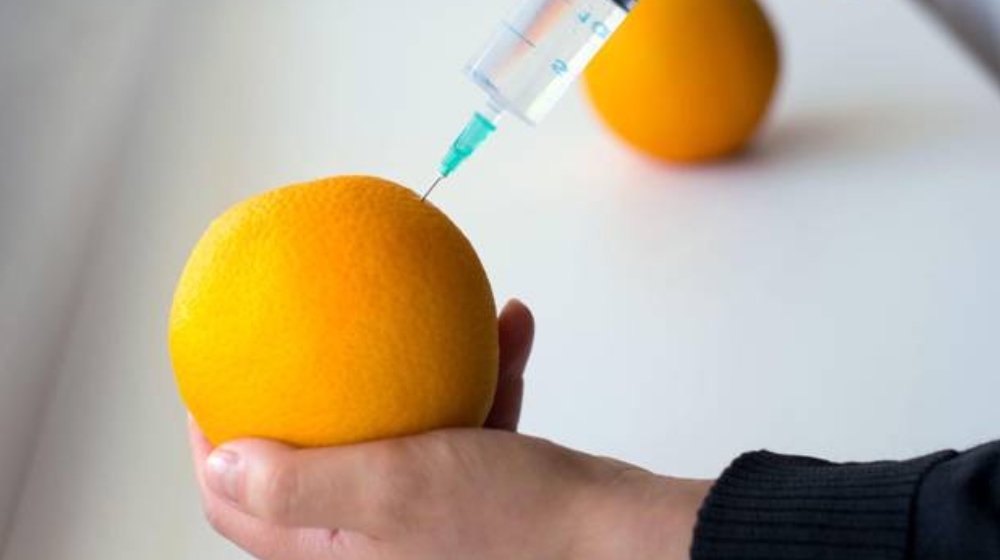For more than a century, food safety and quality concerns have plagued the food, beverage, and drug manufacturing industries. In response, the United States government passed the 1906 Food and Drugs Act.
Among other things, this act was designed to curb the production, distribution, or sale of unsafe liquor, medicines, foods, and beverages. Over the years, many other states and the federal government have implemented regulations to improve the safety and authenticity of consumables in the U.S.
While these efforts had a net positive impact on food safety and quality, the food manufacturing ecosystem faces an incredibly complex issue that is nearly impossible to solve through legislation alone. This thorn in the side of food and beverage manufacturers is known as “food fraud.”
Fortunately, several emerging technologies may hold the key to finally putting an end to food fraud. Below, we examine what food fraud is, discuss its adverse effects on the food and beverage industry, and outline which technologies will be integral to ending this scourge.
What Is Food Fraud?
Generally speaking, “food fraud” refers to any intentional act meant to deceive consumers regarding a food or beverage product’s quality, ingredients, source, or safety.
This deception is often perpetrated by substituting one ingredient for a cheaper alternative, using unsafe or unapproved enhancements, or misrepresenting the country of origin. Other food fraud tactics include affixing counterfeit labels to “off-brand” products or stealing and reselling food shipments.
Anyone can perpetrate food fraud at just about any touchpoint along the food supply chain. The most common motivation for food fraud is economic gain. However, food fraud may also be committed to harm public health, damage a brand’s reputation, or otherwise negatively impact consumers or businesses.
It is important to note that some food fraud is performed via negligence on the part of food manufacturers. For instance, in 2015, the National Consumers League (NCL) tested 11 different extra virgin olive oil types. Of the various products tested, the NCL discovered that only five brands met the criteria to be considered extra virgin olive oil.
The NCL concluded that producers either intentionally mislabeled lower quality products to broaden profit margins or set “best if used by” dates too far into the future. Extra virgin olive oil degrades over time, which means that the “use by” dates would impact test results if the products were left on store shelves for too long.
The Impacts of Food Fraud
The most notable impacts of food fraud are financial losses. Each year, Food Fraud costs between $30-$40 billion globally. These losses are incurred by growers, manufacturers, distributors, retailers, and other businesses involved in the food supply chain.
Food fraud, especially when committed by manufacturers, will also negatively impact consumer perception of brands. To make matters worse, food fraud can diminish the perceived value of entire food categories.
Using the EVOO example above, consumers may be less prone to purchase any olive oil products after finding out that some manufacturers committed food fraud.
Solving Food Fraud with Technology
Food fraud is a severe pain point for the food manufacturing industry. Food fraud can result in billions in lost profits, negatively influence brand image, and cause consumers to be less trusting of specific product categories. However, two pieces of leading-edge technology have the potential to halt food fraud and enhance transparency in the food industry supply chain. These solutions include:
IoT Devices
The Internet of Things (IoT) refers to a broad range of physical objects equipped with software, sensors, or other technologies capable of collecting, processing, and exchanging data via the internet.
IoT devices can be deployed to track food products throughout the entire distribution process in the food industry. These technologies will enhance food safety and be used to guard against theft or other criminal activities.
As an added benefit, IoT devices can help distributors eliminate inefficiencies from the food supply chain. This elimination will reduce food waste and minimize disruptions to product availability.
Blockchain
While IoT devices will be instrumental in winning the war against food fraud, the most critical component to the success of this campaign is blockchain. While blockchain is best known for its role in the rise of cryptocurrencies, this technology can be utilized for a wide array of applications.
As it pertains to the problem of food fraud, blockchain can create an immutable digital ledger that will document every touchpoint along the entire supply chain. Blockchain-based tracking creates openness in reporting within the food industry while also eliminating vulnerabilities that could be exploited to commit food fraud.
To learn more about how blockchain can revolutionize the food industry, we invite you to explore Farm to Plate’s other resources.
Pramod Sajja, CEO & President at Paramount Software Solutions (farmtoplate.io).
